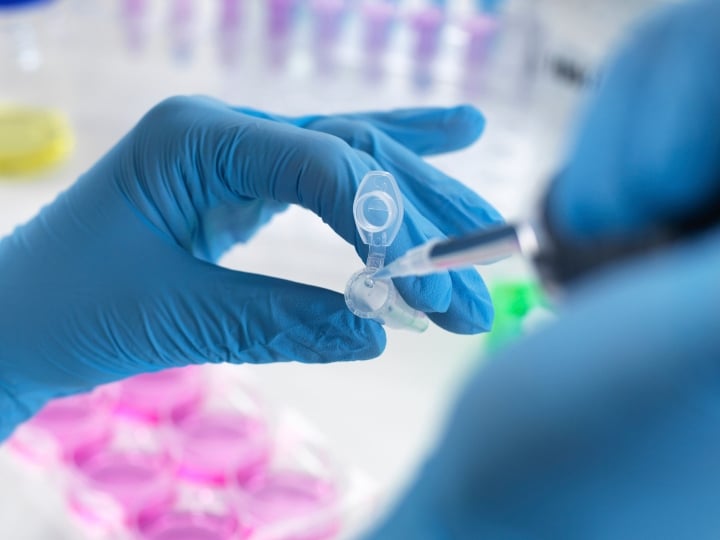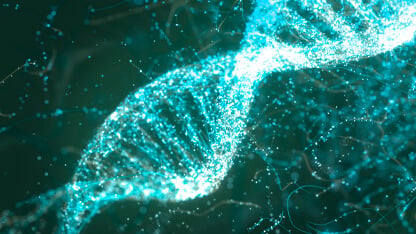Antibody drug conjugate (ADC) characterisation and release testing for structure, purity and impurities covering both conjugate drug and monoclonal antibody (mAb) components supporting development, registration and release
Antibody drug conjugates (ADCs) characterisation and analysis presents a range of complex challenges, all of which must be addressed to support successful product registration. ADCs are produced by covalently linking a monoclonal antibody via a chemical linker to small molecule potent cytotoxic drug. The inherent complexity of the mAb component, combined with the added variability introduced by the distribution of drug linked forms, presents significant complexity multiple analytical or bioanalytical obstacles to overcome in order to ensure a safe and effective drug product.
With over 20 years’ experience in large molecule bioanalysis and characterisation, our experts have considerable knowledge of the evolving regulatory framework across different regions and the scientific background to this product class. Bringing quality and safety to life, our scientists engage with clients from all around the world, helping them to meet all regulatory expectations and specifications for successful drug substance and drug product release. From laboratory testing in our GLP and GMP compliant laboratories to regulatory compliance and beyond, Intertek Total Quality Assurance expertise is delivered consistently with precision, pace and passion, enabling our customers to power ahead safely.
ADCs present unique bioanalytical challenges as they tend to be complex heterogeneous mixtures of multiple species with a range of drug-to-antibody ratios. ADCs typically incorporate both large and small molecule characteristics, and so our bioanalytical experts apply diverse bioanalytical methods, including ligand-binding assays and LC-MS methods, to quantify these species in serum/plasma for PK studies and strategies for assessing immunogenicity. As part of the clinical phase of drug development, the immunogenicity of the ADC will need to be determined. Our experts can define the strategy for assessing immunogenicity and apply sensitive immunoassays.
Intertek provides complete bioanalytical capabilities for ADCs:
- Quantitative bioanalytical assays for preclinical and clinical studies
- Total antibody assays
- Total conjugated ADC assays
- Unconjugated (free drug) assays
- Immunogenicity assessment – anti-drug antibody (ADA) assays
Regardless of the regulatory pathway selected for an ADC product, characterization, comparability, release testing and stability assessments are required. Given the inherent complexity and heterogeneity of the mAb component, combined with the added variability introduced by the distribution of drug linked forms, a range of complex analytical approaches are deployed by our teams with an emphasis on mass spectrometry and chromatography methods as part of strategic packages pertinent to your actual need and phase of development supporting identity confirmation, characterization, comparability, purity, release testing and stability studies.
To confirm ADC identity, our testing programs include a focus on binding assays, charge determination, peptide mapping and sequencing.
The variability introduced by the numeric distribution of drug linked forms adds to the complexity of the overall product. Accordingly, our experts utilise advanced analytical methods to determine the drug load distribution or payload (the average number of drug molecules attached to the mAb or Drug-to-Antibody ratio (DAR)) and individual drug load variants. Our biopharma teams determine the conjugate attachment site through peptide mapping or sequencing studies. Typically, we then apply mass spectrometry (MS) (matrix-assisted laser desorption/ionisation time of flight and/or electrospray ionisation), chromatography, or ultraviolet (UV) spectroscopy methodologies to access a greater depth of detail regarding the ADC structure and confirm the DAR.
ARTICLES
New Approaches to Bioassay Design
Characterisation of Bispecifics
The Significance and Challenges of Inhaled and Nasal Biologics
Current Analytical Approaches to Biophysical Characterisation
Biosimilar Characterisation and Immunogenicity
WHITEPAPER DOWNLOADS
Liposome Physicochemical Property Analysis
Formulation of Biologics for Inhaled and Nasal Delivery
The Complexities of Antibody Drug Conjugate Characterization
BROCHURES
Download: Intertek Biopharmaceutical Services Brochure
Download: Intertek Pharmaceutical Services
Discover our services
- In vitro Toxicology Screening Services to Help Minimise Liabilities and Inform Drug Development Strategies
Learn more - Drug Tolerance Assessment and Improvement in Cell Based NAb Assays Using Response Data Modeling
Learn more - Bioanalysis and Toxicology Challenges with ADC: How are They Different and New?
Hosted by the Bioanalysis Zone
Learn More - Overcoming Challenges in the Development and Validation of Biologics and Small Molecules in Ocular Tissues
Hosted by the Bioanalysis Zone
Learn more - Impact of Recent Changes to FDA Immunogenicity Draft Guidance
Hosted by the Bioanalysis Zone
Learn more - Additional webinars

COVID-19 VACCINE OR THERAPEUTIC TESTING & DEVELOPMENT SUPPORT
IMMEDIATE QUESTION? Ask our experts now
FACTSHEET: COVID-19 Vaccine or Therapeutic Testing & Development Outsourcing
ARTICLE: Repurposing Vaccines for Intranasal Development
WEBINAR: Quality Control Strategy for Vaccine Development
WEBINAR: Repurposing Drugs for Inhaled Delivery
eBOOK: Contingency Outsourcing Solutions

